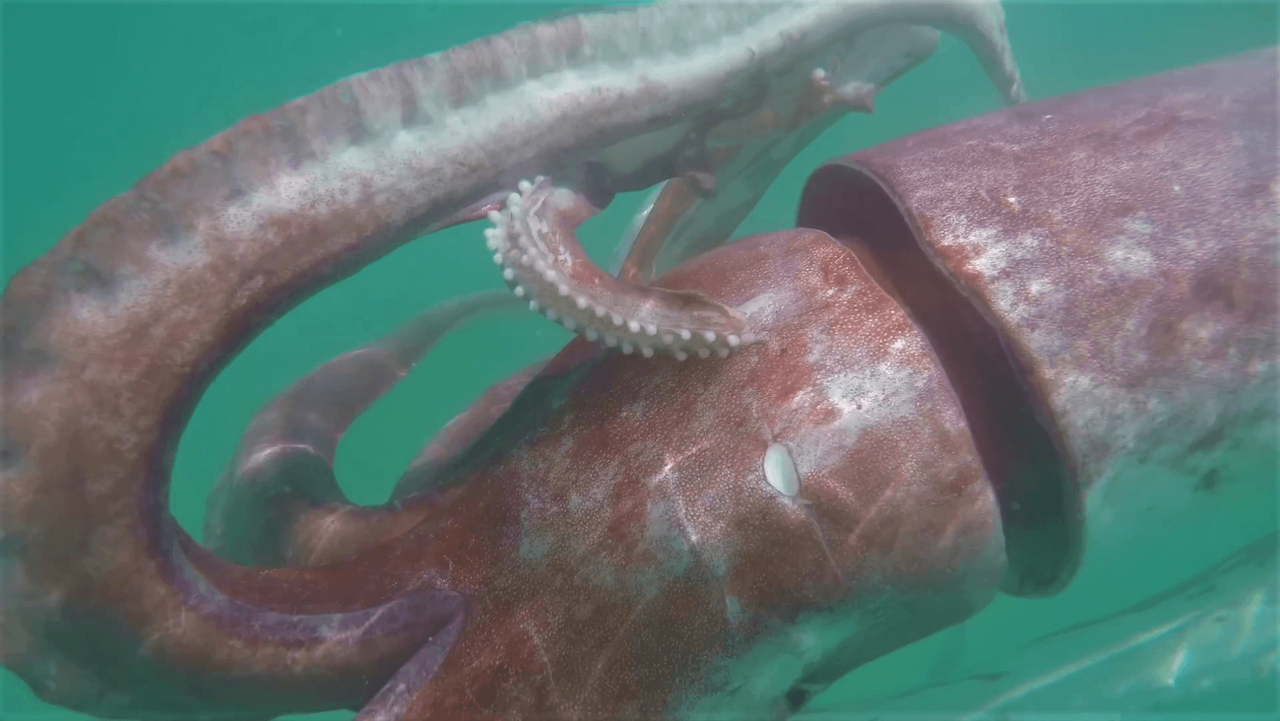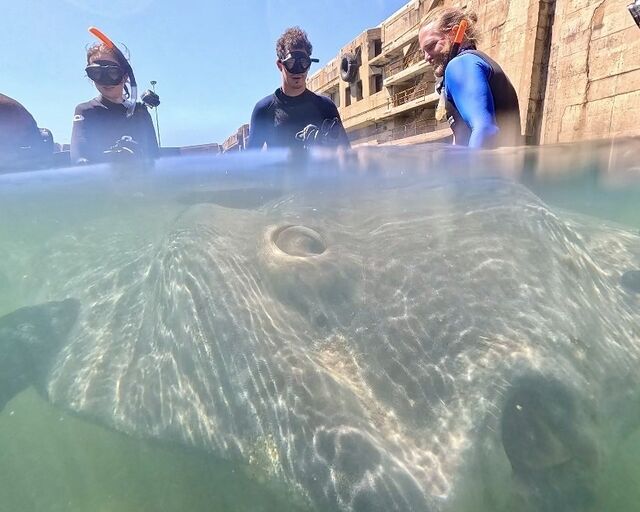When you think "giant squids", you probably envisage huge, ship-capsizing krakens and bizarre sea monsters. Although this fantastical depiction of the giant squid is just that, a fantasy, giant squids are very real and are actually very much a part of South Africa's marine heritage, and the excitement generated when the carcasses of these marvellous animals wash up on the West Coast is proof of that.
Despite their enormous size and the fact that humans have known about giant squids for centuries, it wasn't until 2004 that the first one was photographed in its natural habitat. These animals truly are elusive!
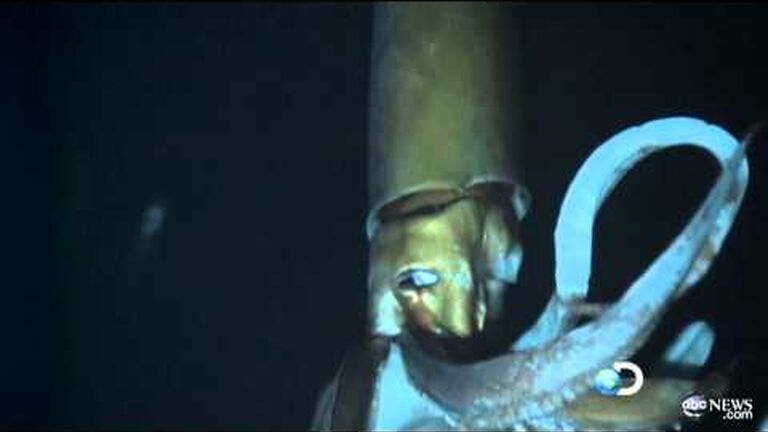
Deep-sea giants
Giant squids (Architeuthis dux) are one of the largest invertebrates and are actually one of the largest animals on earth. Period. With a maximum length of 13m for males and 10m for females, giant squids are longer than the Southern Ocean's colossal squids (which do get a bit heavier - but we don't fat shame here). There have even been claimed sightings of giant squids up to 20m in length, although none of these have been verified.
Despite their immense size, it is estimated that giant squids only live four to six years.
The reason for their immense size is a phenomenon known as abyssal gigantism. This is the tendency for many deep-sea animals to be substantially larger than their shallow-water counterparts. Other examples of this include the Japanese spider crab, big red jellyfish and oarfish.
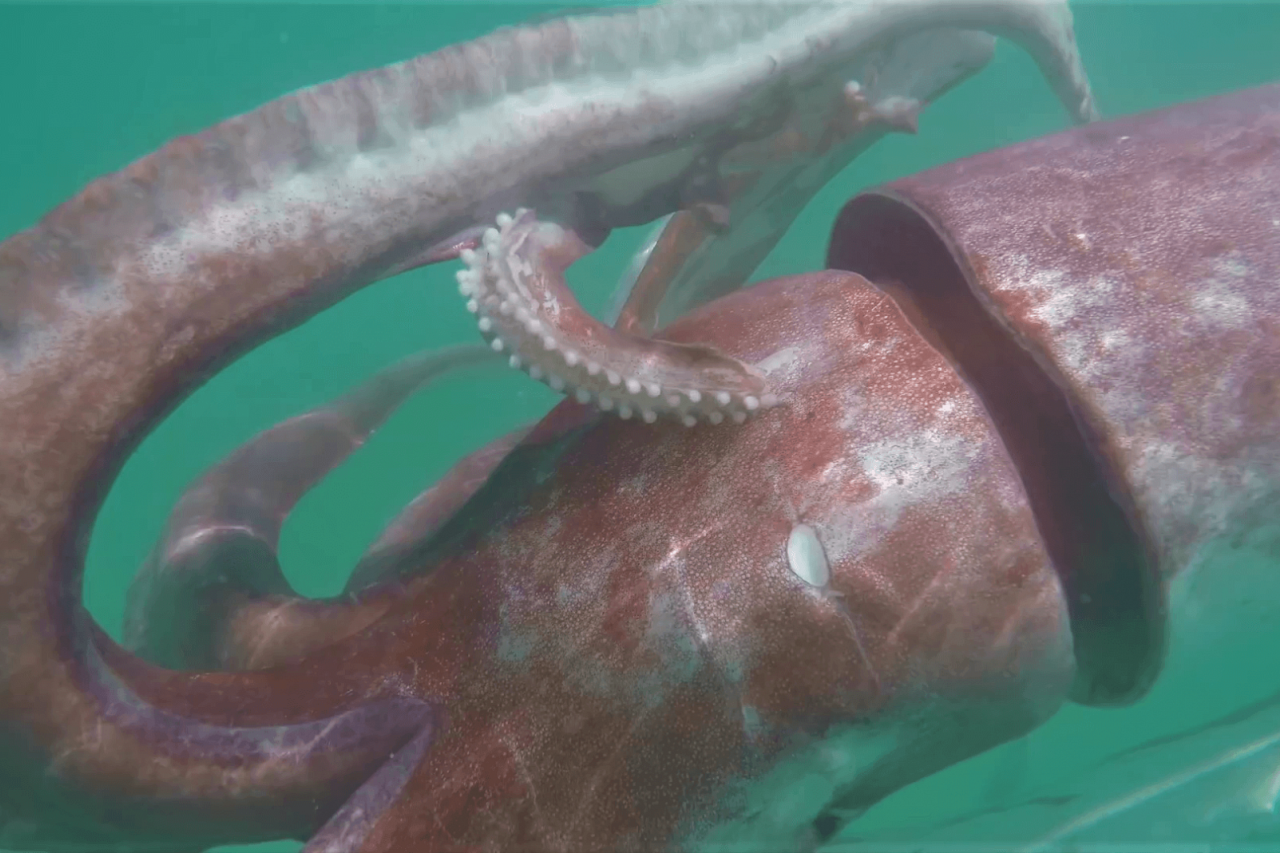
Although scientists don't agree on the cause of this phenomenon, largely because the deep sea is too inaccessible to allow large scale study, it is thought that the main cause of gigantism is food scarcity. Larger animals tend to have more efficient metabolisms and are able to travel further on their reserves, and the low temperatures and reduced predators of the deep sea negate the benefits of being small.
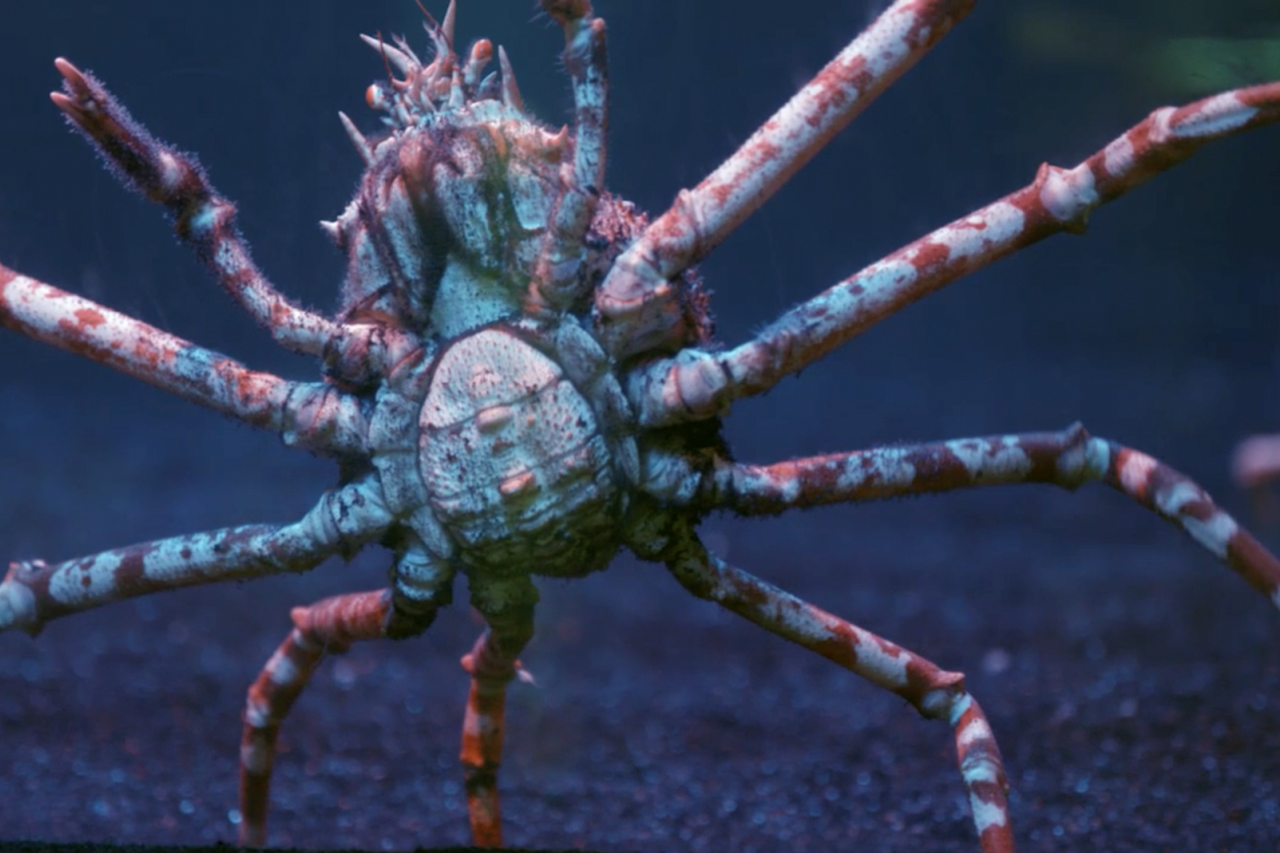
Unfortunately, deep-sea animals do not usually survive being brought rapidly to the surface, so those grabbed by predators, like whales, or snagged by fishing trawlers make poor study specimens for marine biologists. Even though giant squids do not have the gas-filled swim bladders of fish (more on that later) that are susceptible to traumatic injury when surfacing, the rapid changes in temperature and water chemistry of the upper ocean are not suitable for them. Perhaps most critically, dissolved gases in the blood and tissue of the squid will come out of solution and form bubbles during decompression - something scuba divers refer to as "the bends". This is the reason why almost all giant squids seen by humans have been badly injured or are dead - but that does not mean they aren't thriving in the deep ocean.
Where do they live?
Giant squids are found in all the oceans, but seem to prefer temperate water temperatures and are more rare in polar and tropical oceans. The areas with the most giant squid specimens reported are Newfoundland, Spain, Portugal, South Africa, Namibia, Japan, New Zealand and Australia. Although it seems that the open ocean is the preferred habitat, connected seas, particularly the Tasman, Caribbean and Gulf of Mexico also seem to be suitable habitats. Although the Mediterranean Sea has seen three of the approximately 677 known giant squid sightings, the consensus is that these squids were not native to the area.
It's unclear where in the water column giant squids live, but those that have accidentally been caught by trawlers indicate an estimated depth range of 300m to 1km.
Legend of the Kraken
It appears that knowledge of giant squids has existed for a long time. Aristotle of ancient Greece described teuthus, a large squid five ell long (an ell or cubit is the length from your elbow to the tip of your fingers).
The ancient Roman scholar Pliny the Elder described a squid over 9m long and weighing over 300kg. Pliny's polypus could also apparently climb trees, had breath so bad that it scared off dogs, and would fight trident-armed soldiers in order to steal casks of pickled fish. Sounds like a lot of work!
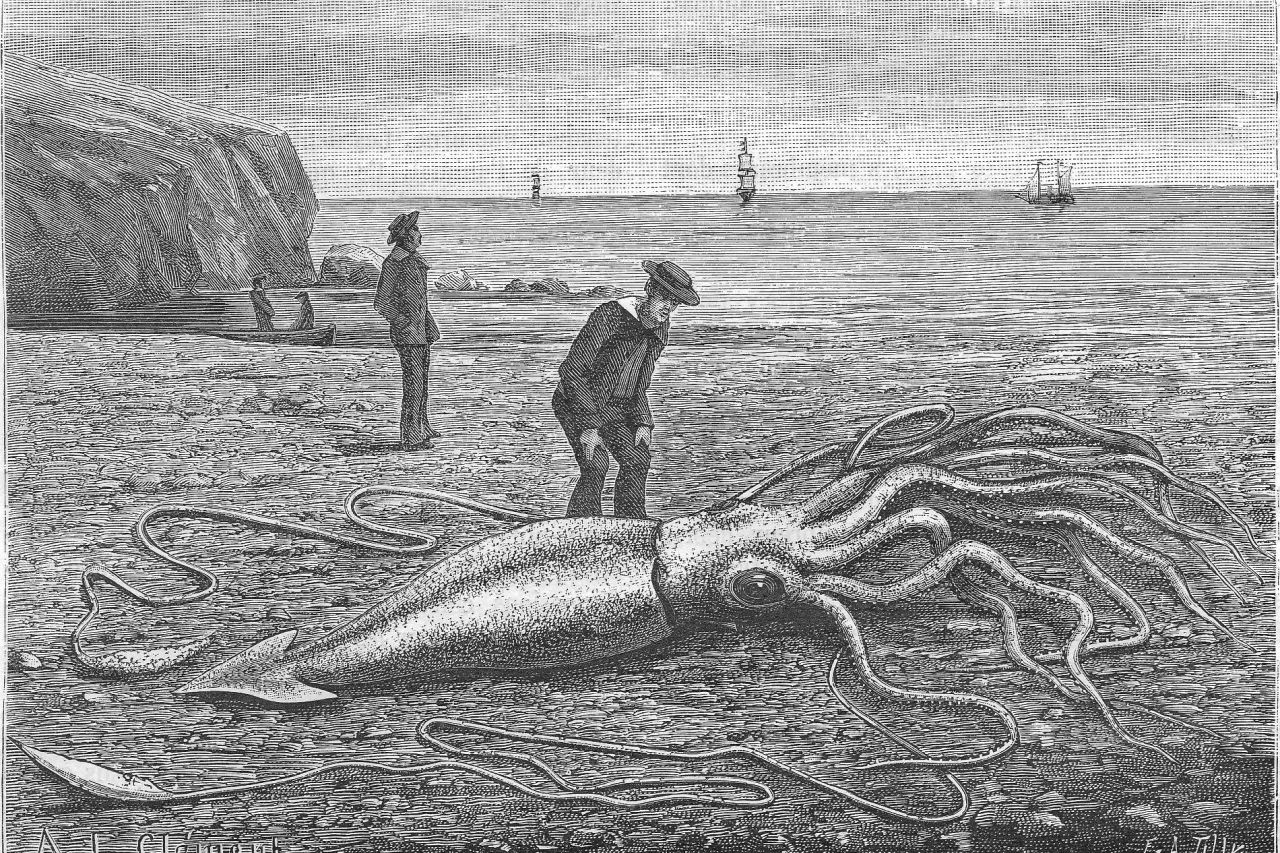
In the Nordic cultures, the legendary kraken was clearly inspired thy the giant squid. By the 1700s, stories of the kraken had reached other European scholars, poets and writers and even though these people had never seen a giant squid themselves, they were not shy about using it as a monster in stories to suit their needs. For example, krakens were supposedly Christian:
And, as they say, the rest is squistory.
Tentacles or arms?
Like octopuses, squids have eight arms - but, they also have two tentacles, bringing their total number of limbs to ten! What's the difference between arms and tentacles? In the case of cephalopods, the class of molluscs which includes octopuses, squids and nautiloids, arms are limbs that have suckers along their entire length - the arms of an octopus being the classic example.
Tentacles do not have suckers along their lengths, but can have large, sucker coverer "clubs" at the end of each of their tentacles, as is the case for giant squids.
The suckers of giant squids are large - measuring 2 to 5cm across. Unlike octopuses, the suckers of giant squids are evolved to be used as weapons, and each suction cup is lined with rinds of serrated chitin teeth.
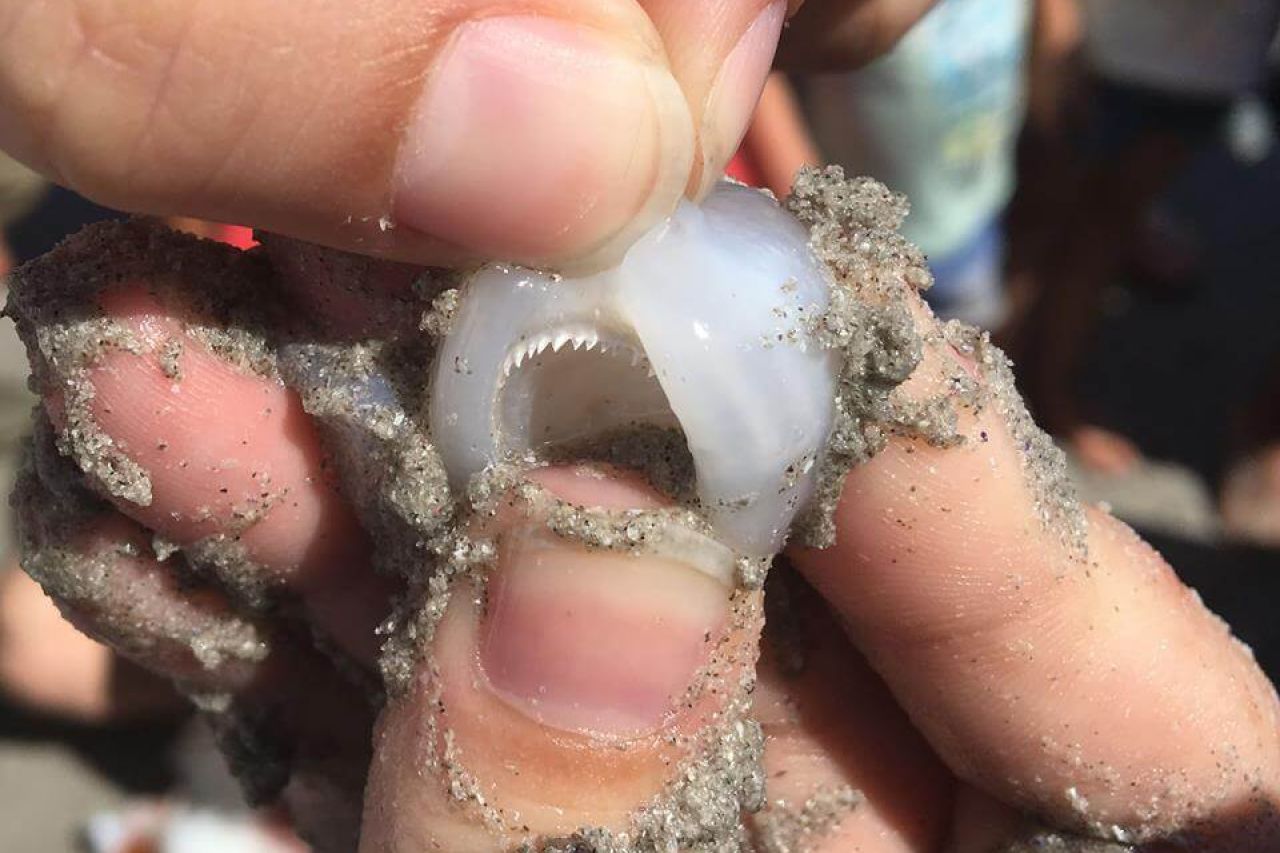
How do they move?
Like other squids, giant squids swim using jet propulsion, by blasting water out of their mantles with the help of a siphon. They also have a pair of small fins that are used to steer.
Most sea creatures rely on gas pockets to maintain neutral buoyancy - but this is a risky trait for deep-sea predators that risk bursting if they rise too quickly and depressurise. Instead, the giant squid circulates a high concentration of ammonium chloride solution throughout its body, which is less dense that the sodium chloride solution of seawater. This chemical tastes like salty, rotten liquorice and is the main reason nobody eats giant squids.
What do they eat?
Giant squids eat deep-sea fish and other squid species, even preying on other giant squids when food becomes scarce. Recent evidence also indicates that giant squids fight each other to steal food - sometimes to the death.
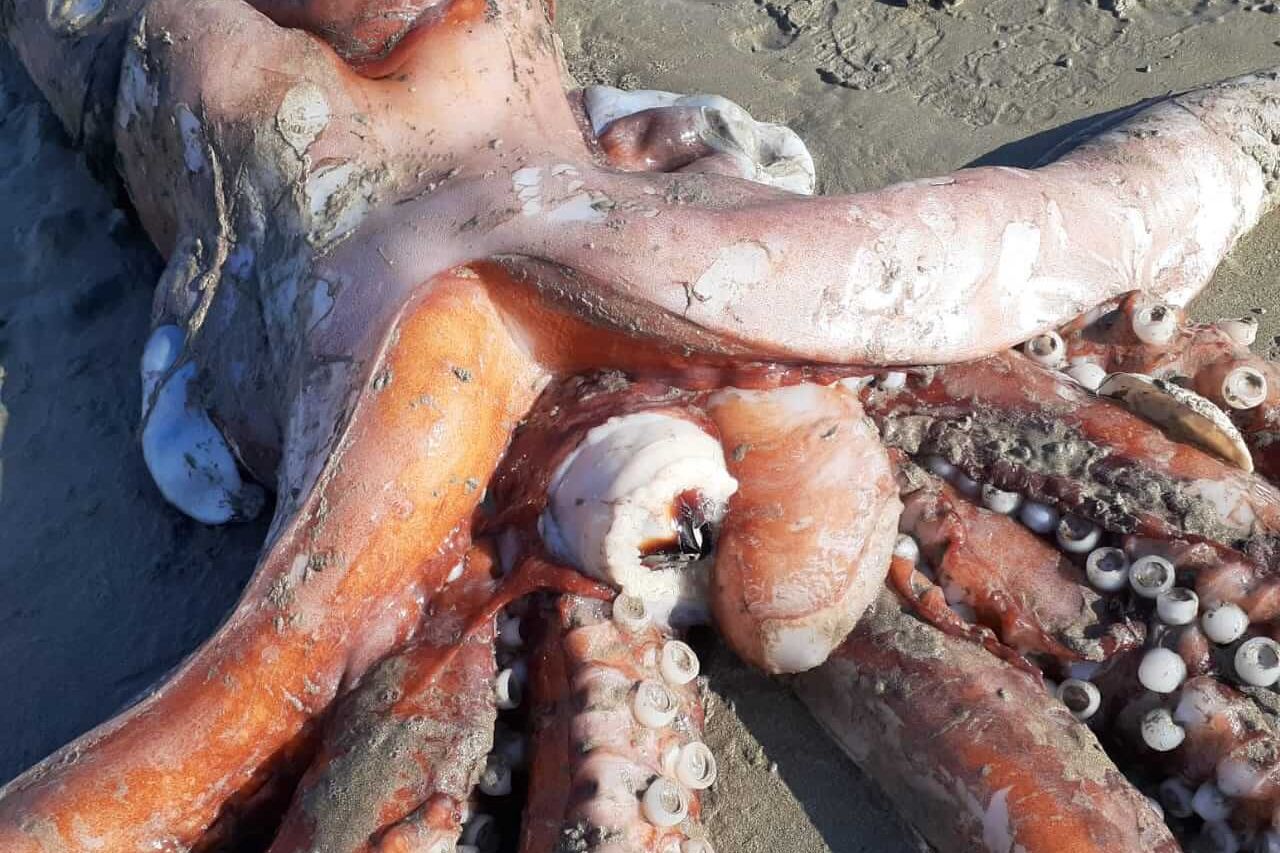
Giant squids use used the sucker-covered clubs on the ends of their two tentacles to catch prey. Once caught, the squid uses its radula, a tooth-covered tongue inside its beak to shred its prey.
What eats them?
The perk of being large is that almost nothing can defeat a giant squid. Sperm whales are the only known regular predator of giant squids (and are really great at finding them too).
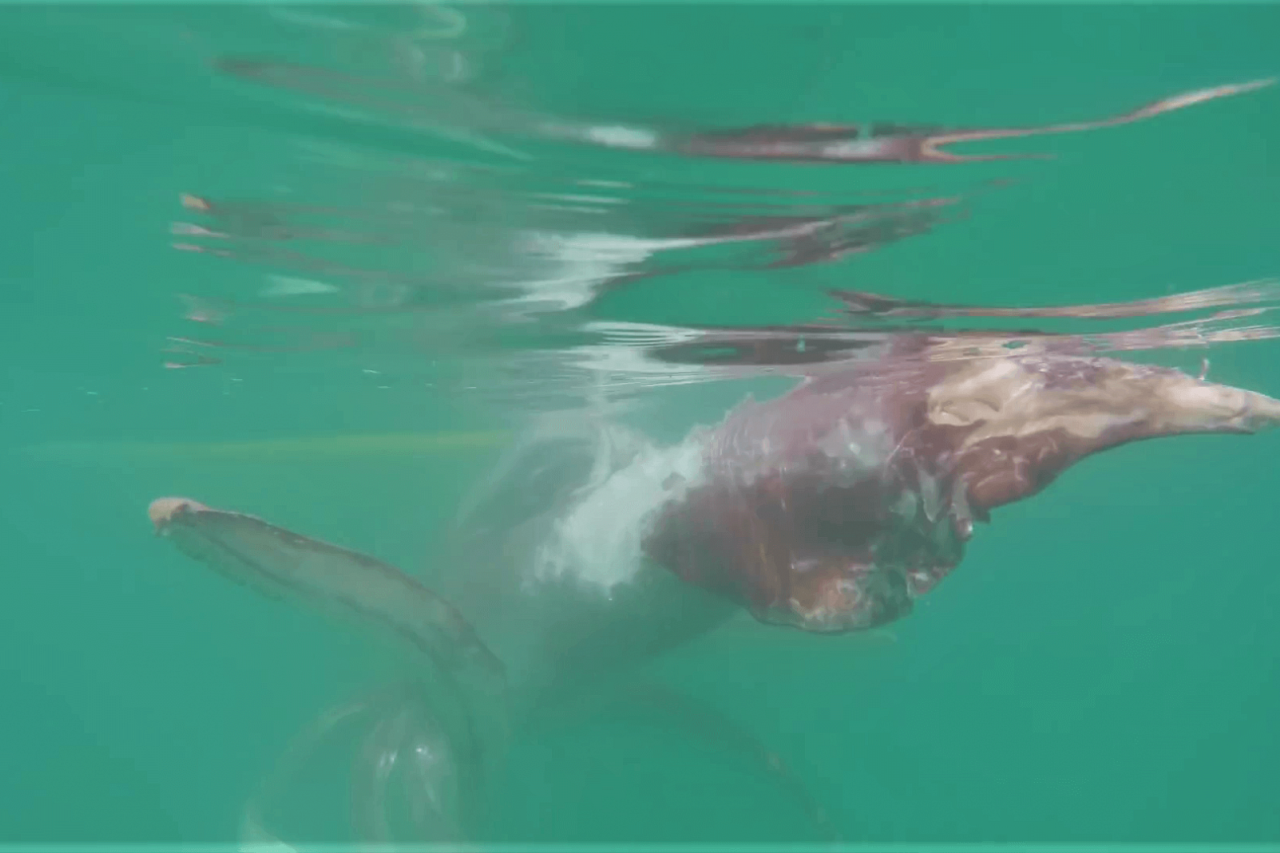
Juvenile giant squids are prey to smaller whales, such as pilot whales, deep-sea sharks and other predatory fish. For once, humans are not a predator!
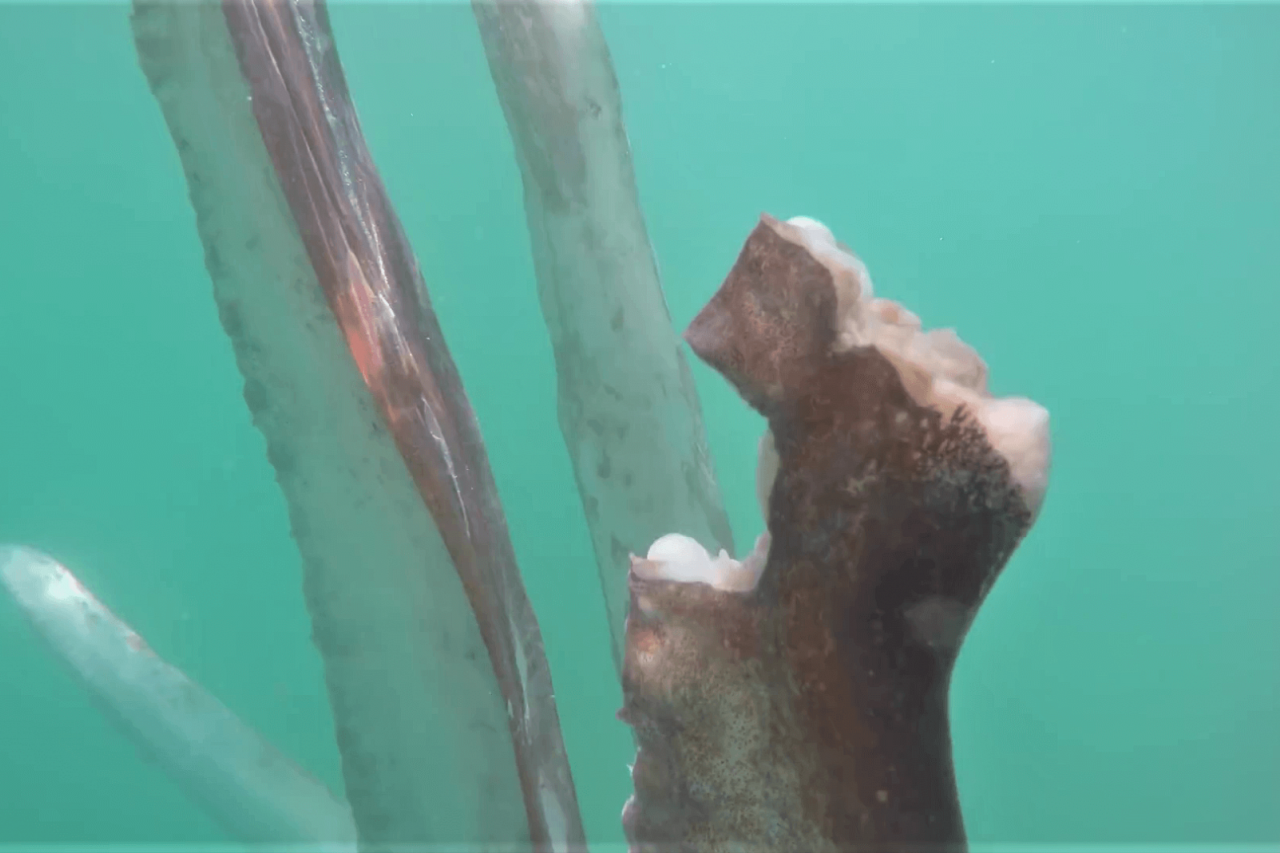
Giant squids do have a few tricks to try to avoid predators. Like other cephalopods, they are able to excrete dark ink to distract prey while they jet away.
At over 27cm, giant squids have the largest eyeballs of any animal, possibly only exceeded by the colossal squid. In fact, only extinct ichthyosaurs had larger eyes. These massive eyes help the squid see bioluminescent prey in the deep ocean, and may help it spot predators before it becomes prey.
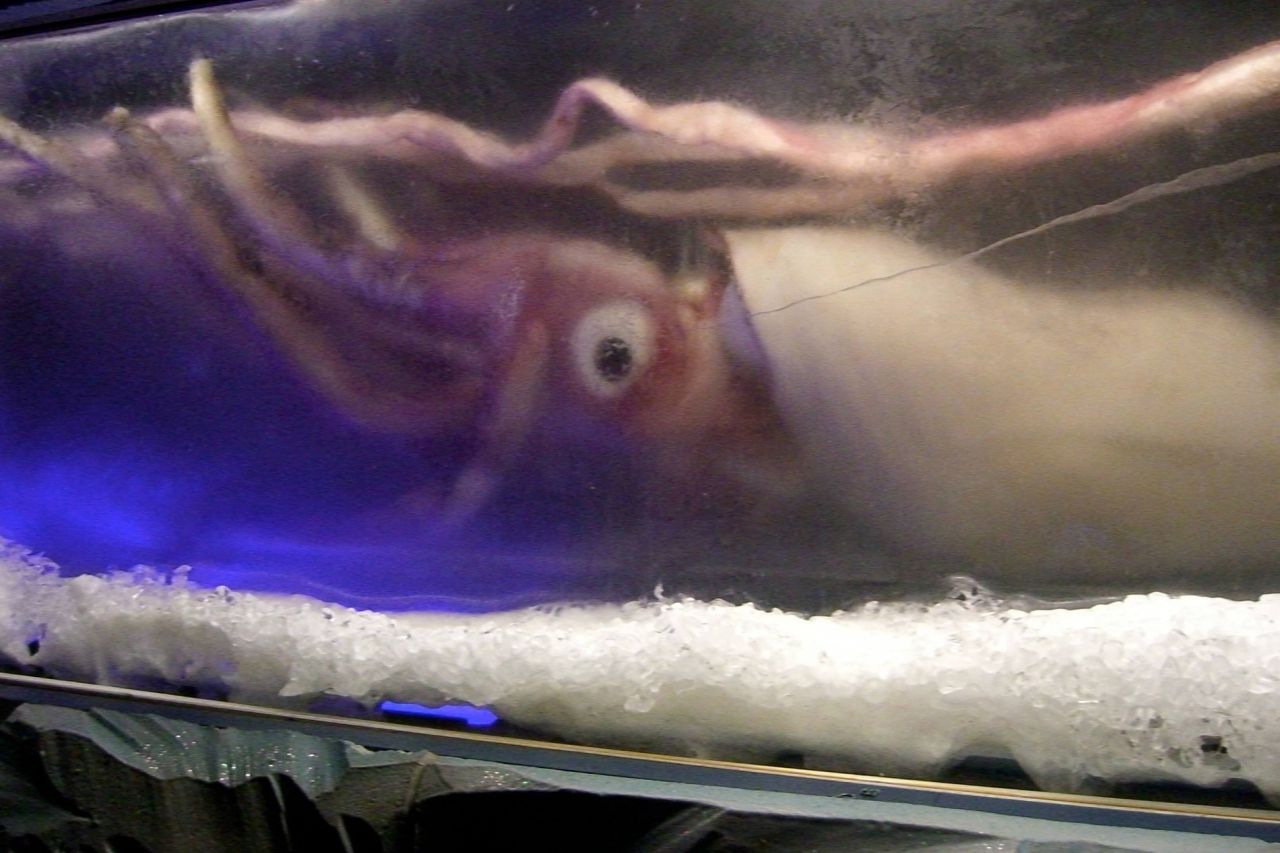
Squid sexy times (and why it's a terrible idea to eat raw squid)
Based on our current understanding of giant squids, it appears that they reach reproductive age at about three years old. Females produced hundreds of thousands of eggs which are held together by a large mucus bundle. Although these bundles can be very large and are often confused for the eggs themselves, the eggs are only about a millimetre in size.
Male giant squids produce packages of sperm called spermatophores. The male uses its prehensile penis to inject these spermatophores into the arms of a female - although this process is just speculative. What is known is that squid spermatophores are motile and are able to burrow into soft tissue - as a few people who have eaten ungutted and uncooked squid have discovered the hard way.
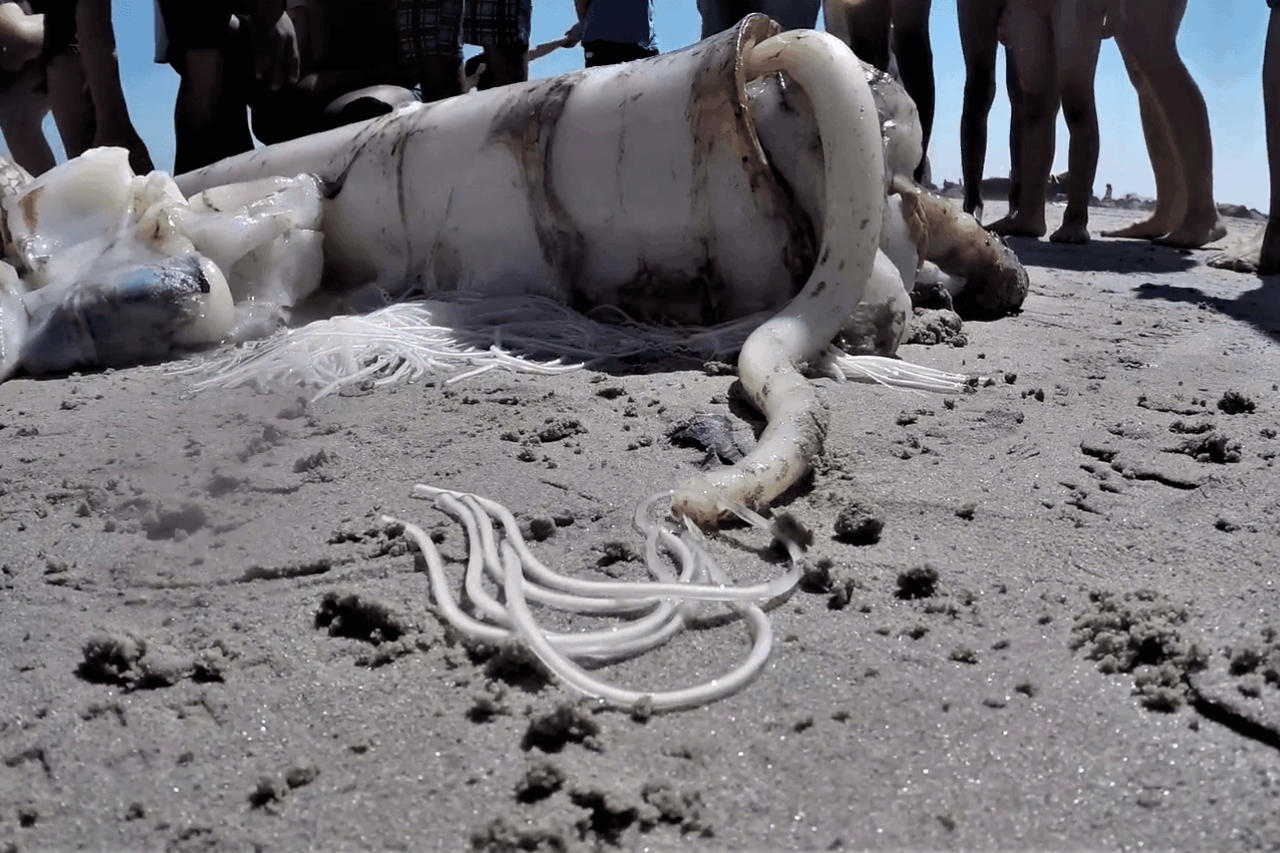
South African giant squids
It is not uncommon for giant squids to wash up on South Africa's West Coast, or be caught in our Atlantic waters by trawlers. Between South Africa and Namibia, at least 60 giant squid specimens are known - about 9% of all known specimens, the fourth most prolific region in the world.
Giant squids have also been recorded from the stomachs of whales that have washed up on the KwaZulu-Natal Coastline, and there have been unverified sightings of giant squid in the waters of Mossel Bay.
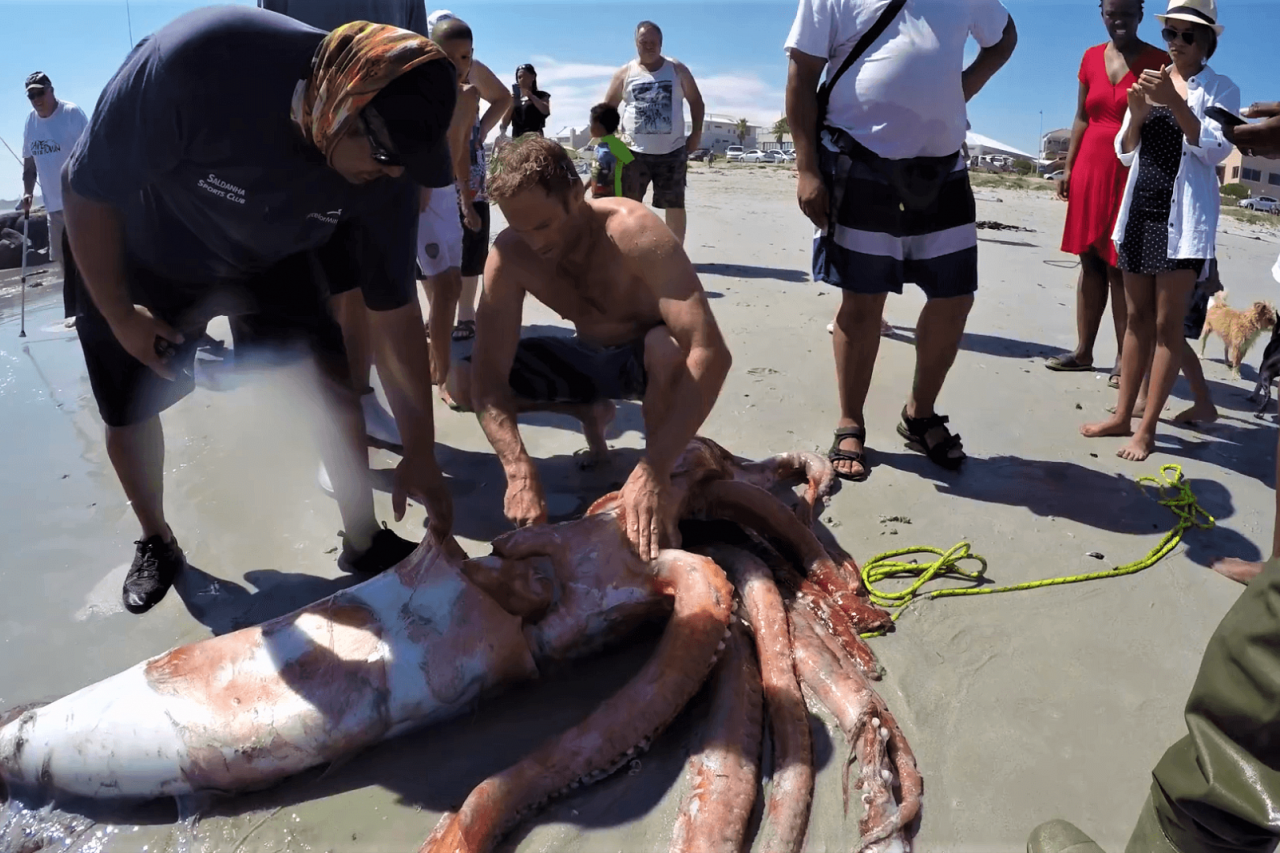
In South Africa, giant squid specimens are preserved in the natural science history collection of Iziko Museums, where 19 giant squids are currently stored.
The largest giant squid ever recorded in South Africa was 9.1m, and washed up at Kommetjie in 1992. By comparison, our local Cape Hope squid (Loligo reynaudii), or calamari as you probably know them, grow to just 30cm.
Other "giant" squids
Originally, eight species of giant squids were described, but a 2013 DNA study revealed that all giant squid species were the same.
In addition to the giant squid, Southern Ocean is home to the Antarctic colossal squid (Mesonychoteuthis hamiltoni), which is shorter than the giant squid but is estimated to have a larger weight - and thus a larger size. They are even rarer than giant squids, so data is scarce and it will likely be many years until the debate on while species is larger is settled.
There are also a number of "large" cephalopods with upper sizes that are larger than humans and are often thought to be giant squids when they wash up. Examples include the Humbolt squid (Dosidicus gigas), which can grow to 1.5m, the Dana octopus squid (Taningia danae), which grows to 1.7m and over 150kg, and the Enteroctopus giant octopuses which can grow to over 3m long.
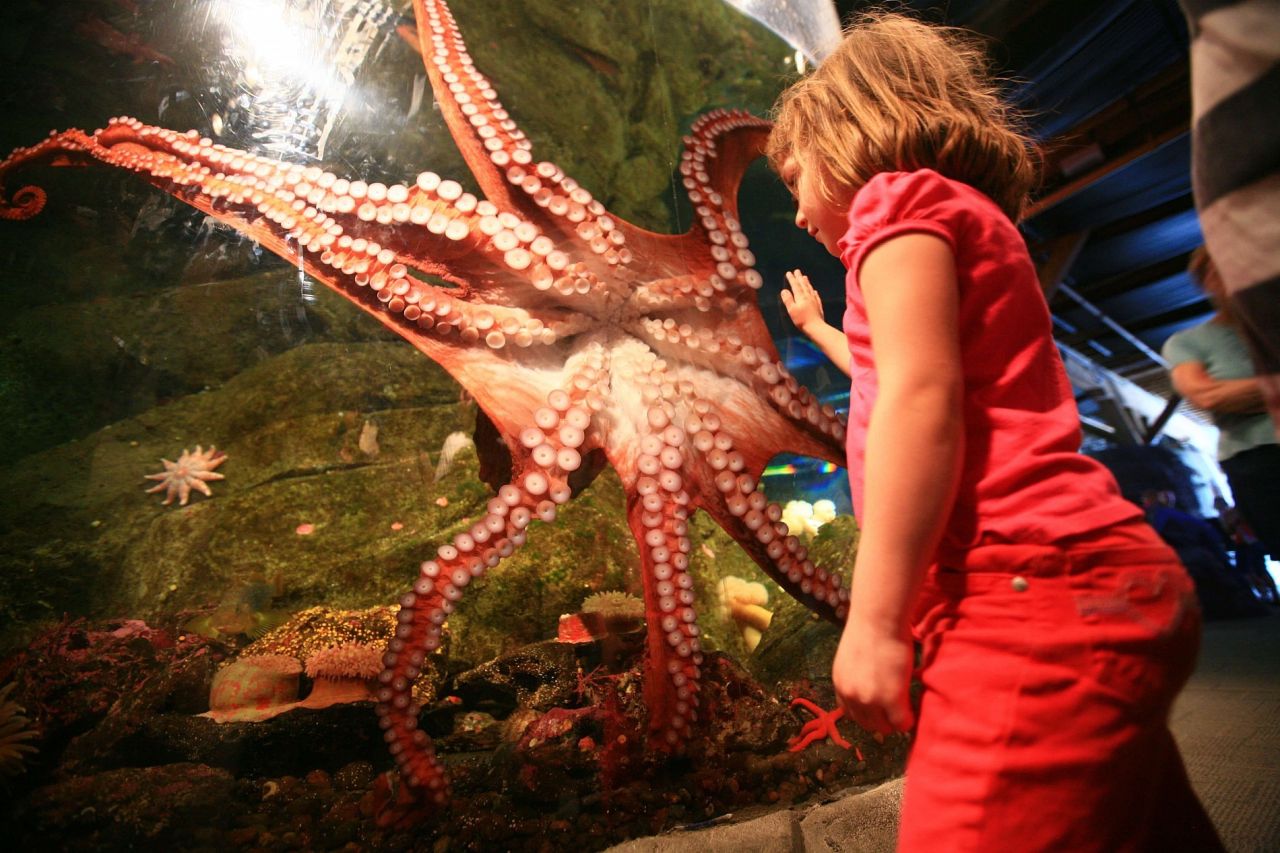
Related News
Sign up to our Newsletter
Receive monthly news, online courses and conservation programmes.
